NRF 2024: Supply Chain Data
Logistics Viewpoints
JANUARY 23, 2024
The most interesting thing that Blue Yonder is doing from an OMS standpoint is driving promising and pre-sourcing to retailers. Blue Yonder also acquired Doddle to close the loop on reverse logistics. And if they are not, the retailer can look at alternative sources that aligns to their goals.

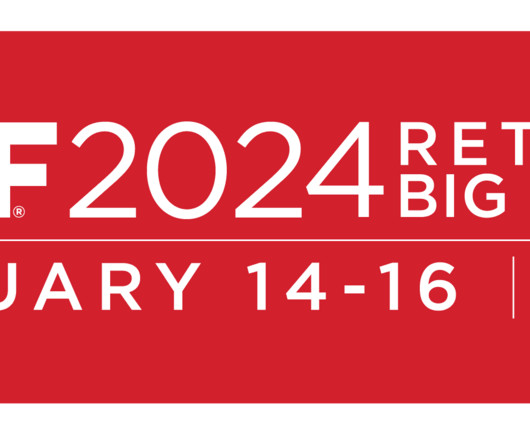
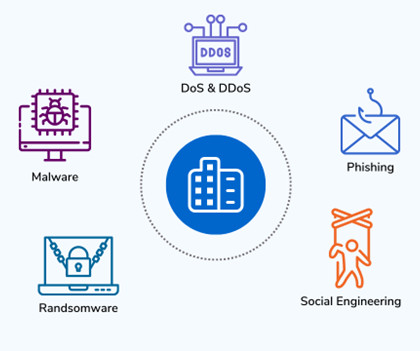

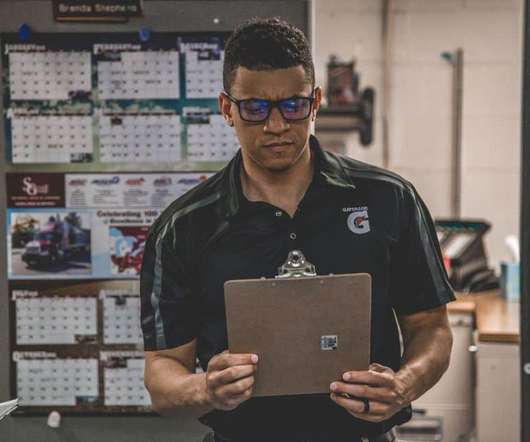
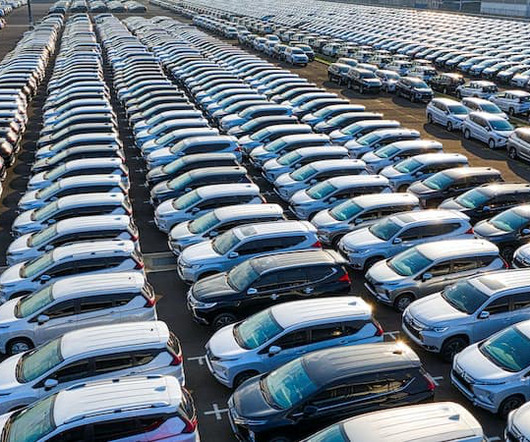


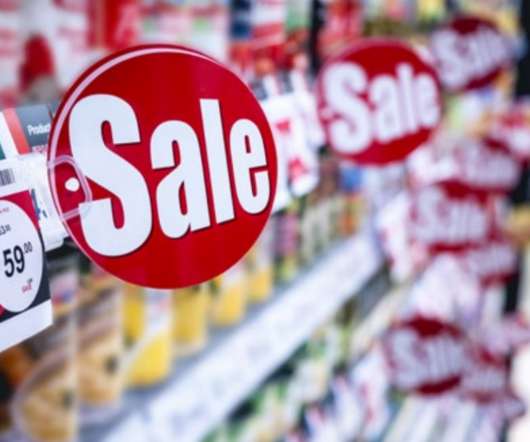


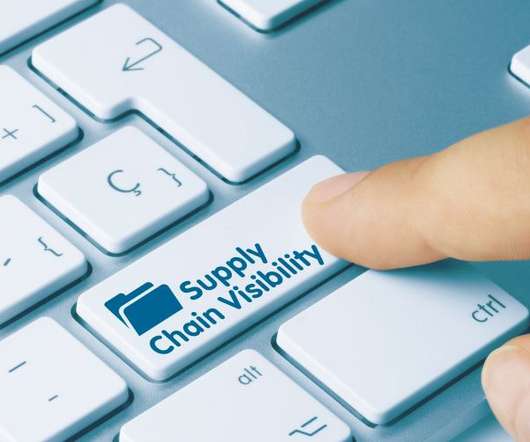


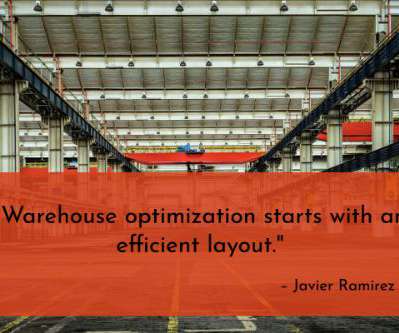










Let's personalize your content